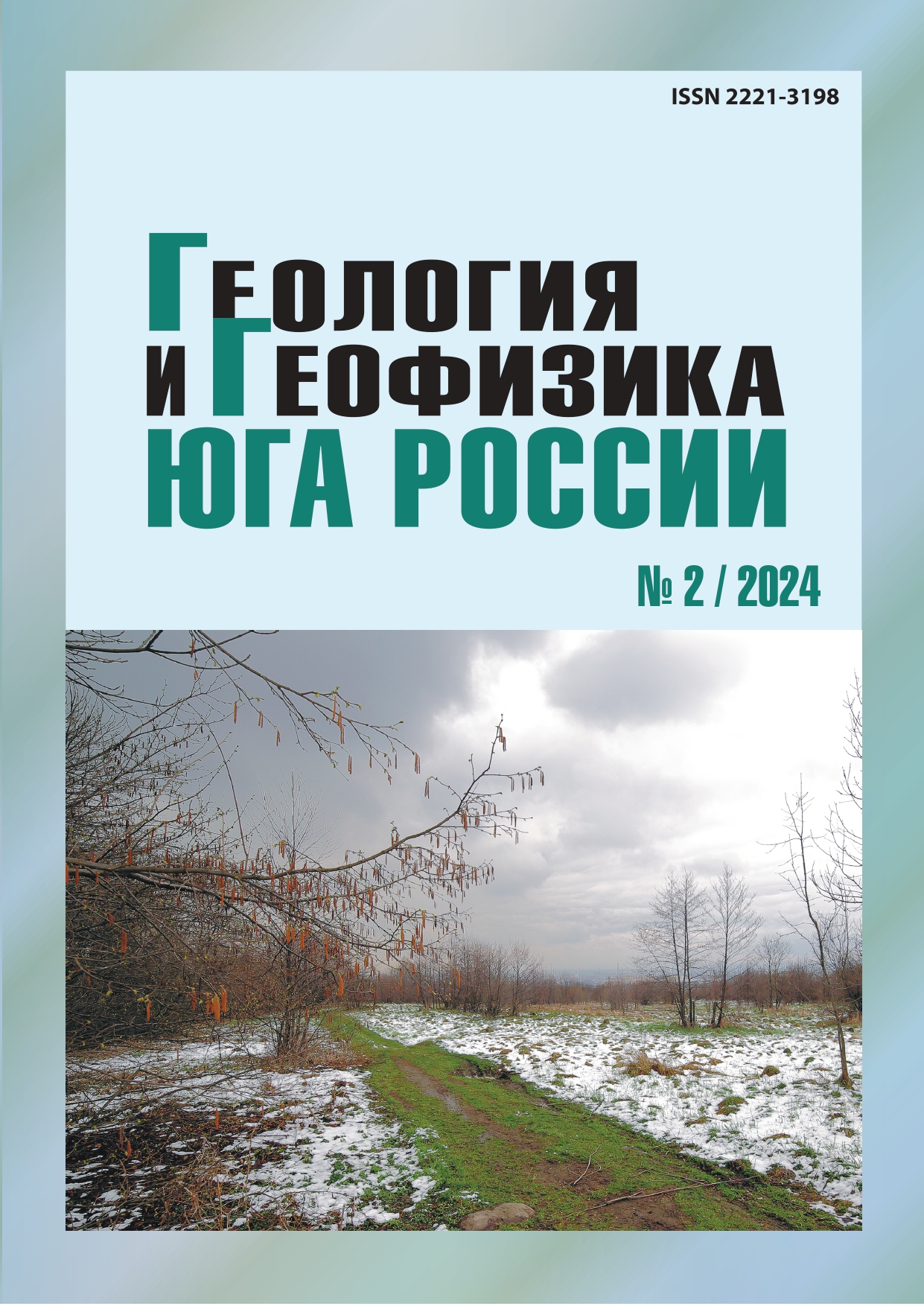Deep geodynamics and seismicity of the Caucasus-Anatolian region
Abstract
Relevance. The intensification of natural disasters in the world requires the development of new approaches to the study of geological processes, in particular, at the boundaries of lithospheric plates. The geodynamics of the region is determined by the collision of the Eurasian and Arabian lithospheric plates, as well as the complex history of the development of the Alpine-Himalayan belt and adjacent territories. A magnitude 7.8 earthquake struck southeastern Turkey and northwestern Syria on February 6, 2023. It is the deadliest natural disaster in Turkey’s modern history (46,100 in Turkey and more than 6,700 in Syria). The earthquakes caused more than US$100 billion in damage. The aim of the study is to mitigate the geoecological risk of dangerous natural-technological processes in the lithosphere and identify their connections with deep geodynamics. Research methods. The construction of geodynamic models of the deep structure of natural disaster areas is an important contribution to the study of active continental margins and is necessary for predicting earthquakes, assessing geo-ecological risks and developing appropriate measures, which requires the analysis of all available geological and geophysical data and the formulation and solution of mechanical and mathematical modeling problems. Results. Geodynamic models of areas with hazardous natural processes have been constructed in order to mitigate the consequences of natural disasters. Based on the analysis of geological and geophysical data, seismic tomography and the method of analogies, it is possible to predict a strong earthquake in the Istanbul region in a few years (1-10 years). On the same basis, it is concluded that if a strong earthquake in the East Anatolian Fault region does not occur in 1-2 years, then it will occur only in 100 years.


